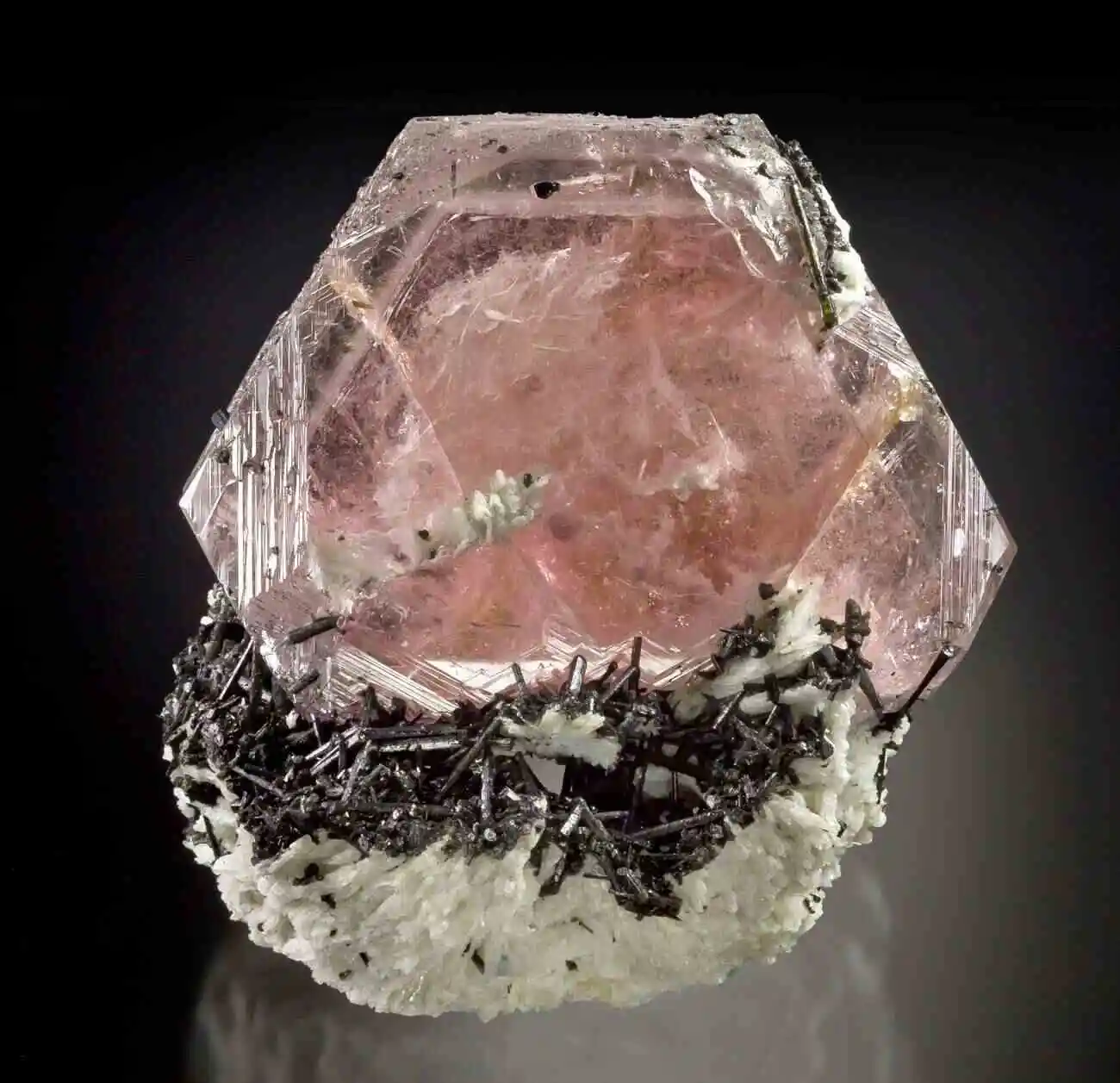Morganite, is a rare and valuable gemstone found primarily in Italy, Namibia, America, Brazil, and Pakistan. While it was traditionally used in jewelry, today its applications are vastly broader, including in the manufacture of fluorescent lights, which adds to its value. Its frequent use in accessories and its association with love and compassion makes it a popular choice for showing affection.
What Are the Benefits of Morganite?
The benefits of Morganite include;
- Contributing to the regular functioning of the thyroid glands.
- Assisting in asthma treatment.
- Supporting cellular renewal and helping the body remain youthful.
- Aiding in the prevention of heart diseases.
- Contributing to the treatment of lung diseases and improving related respiratory problems.
- Helping alleviate psychological issues.
- Assisting in the treatment of vertigo.
- Helping with issues of impotence.
What Is Morganite Used For?
Those who use Morganite do so to increase their knowledge and energy levels.
Purposes of using Morganite includes;
- Calming anger and providing tranquility.
- Boosting energy levels and vitality.
- ispelling negative energy and alleviating depression and unhappiness.
- Enriching emotions and increasing love and affection.
- Curbing impulsive reactions and stress.
- Enhancing charm and making one feel better about themselves.
What oes Morganite Mean?
The name Morganite comes from J.P. Morgan, a notable gem collector. Known also as “Pink Beryl,” the meaning of Morganite is intertwined with love and romance, believed to highlight romantic feelings.
This precious stone, known to rejuvenate cells and contribute to vitality, is commonly referred to as “the stone of youth” among the people. It is believed to balance emotions and intuition and is associated with fairness, peace, and joy.
What Are the Characteristics of Morganite?
The characteristics of Morganite can be summarized as follows;
- It has a hard structure suitable for jewelry-making, especially for use in rings.
- It’s a rare gemstone within the Beryl group.
- ue to its features, it can be confused with Pink Sapphire and Pink Quartz.
- Its surface is opaque.
- Its color is mostly light pink shades, but can also appear in orange tones.
- Its color can change when eposed to high temperatures.
How Can You Tell If Morganite Is Real?
To determine if Morganite is genuine, the high heat test used on many natural and valuable stones can be applied. Eposure to high temperatures over time can result in a change in the gemstone’s color. However, due to its hard nature, it’s difficult for Morganite to wear down. If the color of the tested ring changes or if paint comes off instead of a change in color, it’s confirmed to be fake. Artificial Morganite can ehibit peeling paint when eposed to high heat. Given its use in solitaire rings popular among women, the manufacture of synthetic stones is prevalent. If it’s still unclear whether the stone is fake after all tests, an epert’s evaluation may be required.
How Should Morganite Be Cleaned?
Cleaning of Morganite should be done carefully. Being prone to accumulating dirt, if cleaned regularly before too much build-up, it can maintain its qualities as on its first day. While sprays made for natural stones are not highly recommended, they can be used for cleaning after researching their content. Choosing well and ensuring the cleaning products are chemical-free is crucial when cleaning the stone. Simply letting Morganite soak in lukewarm water often suffices for cleaning. If deemed insufficient, a brush can be used for a thorough cleaning. Care must be taken to handle delicately during cleaning and to quickly dry the stone after washing and rinsing.
